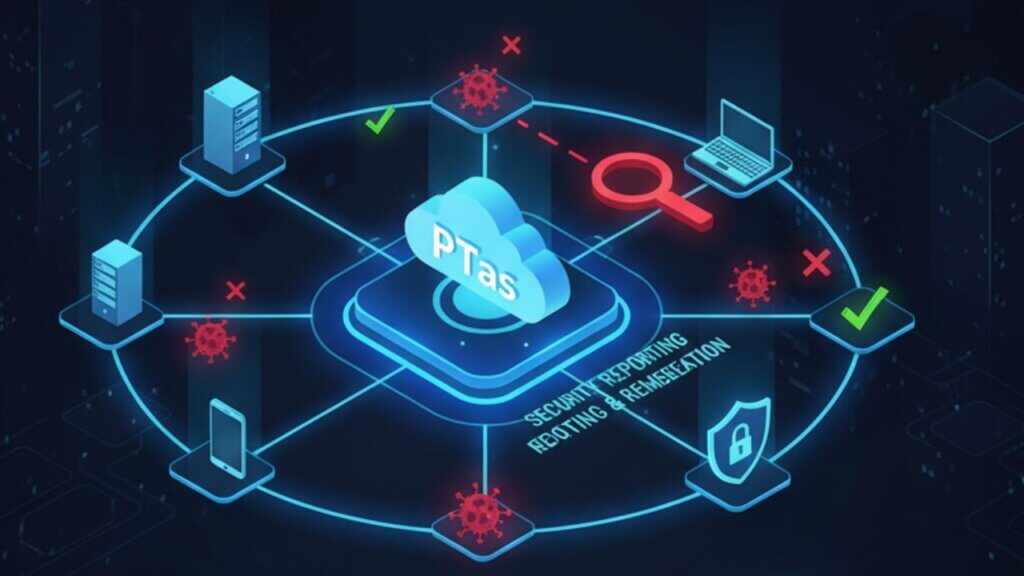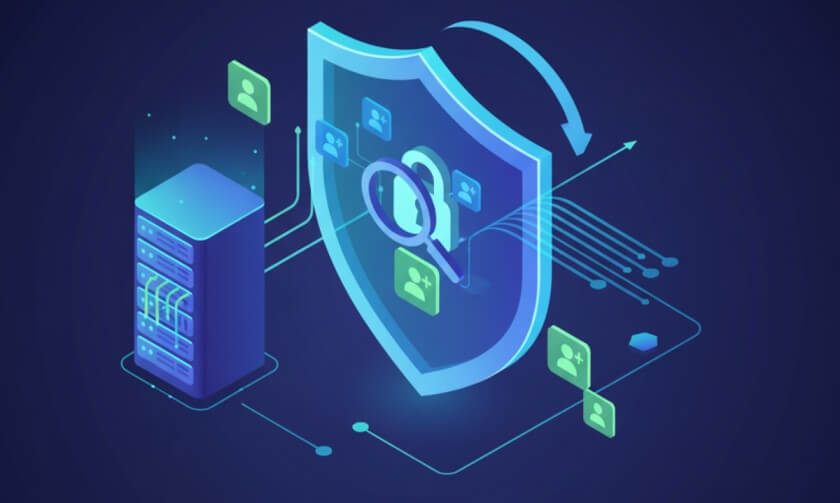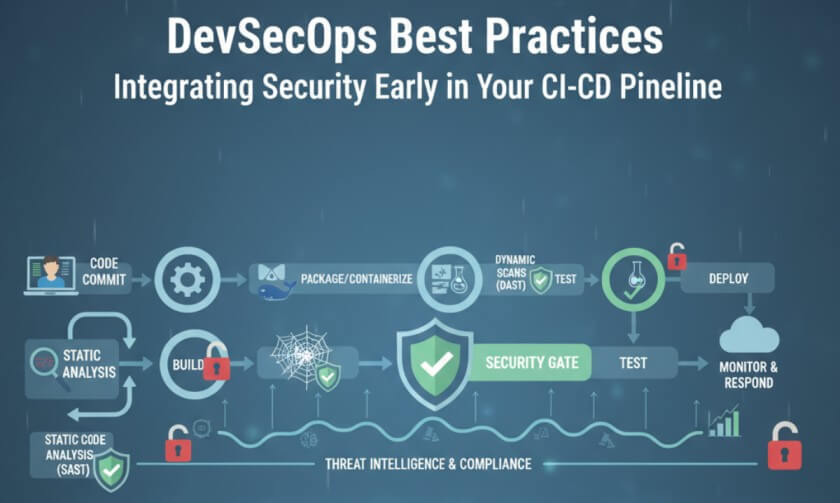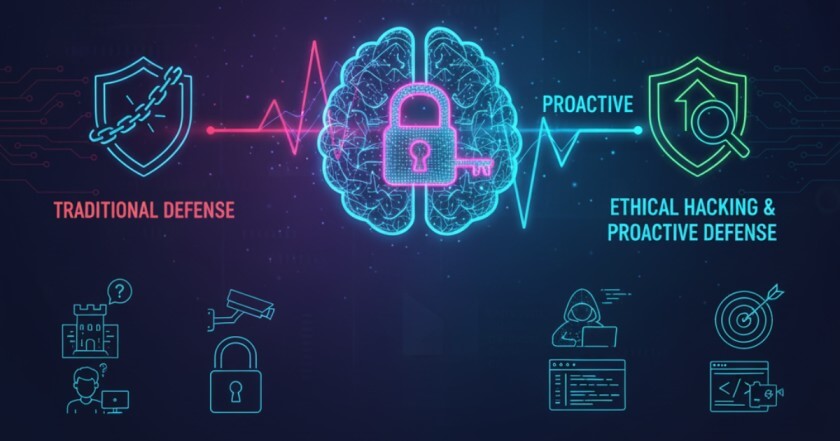Auditing Infrastructure as Code (IaC) for security vulnerabilities is a key step to ensure your cloud setups are safe and reliable. IaC lets you define and manage infrastructure using code, like Terraform or CloudFormation scripts, but misconfigurations can open doors to attacks. A thorough audit catches these issues before they cause harm.
This guide walks you through auditing IaC for security vulnerabilities in clear, practical steps. From scanning code to fixing flaws, you’ll learn how to secure your infrastructure. Whether you’re a DevOps beginner or a seasoned engineer, these methods help protect your systems without slowing down your workflow.
Table of Content
What Is Infrastructure as Code (IaC)?
Infrastructure as Code (IaC) uses scripts to automate the setup of cloud resources, like servers, networks, or databases. Tools like Terraform, AWS CloudFormation, or Ansible define infrastructure in files, making deployments fast and consistent.
However, IaC files can contain errors, such as weak access controls or exposed ports, leading to risks like data breaches. Auditing IaC ensures these scripts are secure before they’re applied.
Why Audit IaC for Security Vulnerabilities?
Auditing IaC prevents misconfigurations that attackers exploit. For example, an open S3 bucket or unencrypted database can lead to leaks. Regular audits catch these early, saving time and money.
They also ensure compliance with standards like GDPR or SOC 2. By checking IaC files before deployment, you reduce risks and build trust in your infrastructure.
Preparing for an IaC Security Audit
Before auditing, gather your tools and scope:
- Identify IaC Tools: List platforms like Terraform, CloudFormation, or Azure Resource Manager in use.
- Collect IaC Files: Locate all scripts, often stored in Git repositories.
- Define Goals: Focus on risks like exposed resources or weak permissions.
Set up a test environment to simulate deployments safely. This helps you audit without affecting live systems.
How to Scan IaC Files for Vulnerabilities?
Scanning IaC files is the core of your audit. Use automated tools to find issues quickly:
- Static Analysis Tools: Tools like Checkov, Terrascan, or tfsec scan for misconfigurations, such as open ports or missing encryption.
- Rule Sets: Configure tools with rules for your cloud provider (e.g., AWS, Azure) to catch platform-specific issues.
- Integration: Run scans in CI/CD pipelines to catch problems early.
For example, Checkov might flag an S3 bucket with public read access. Review scan reports to prioritize fixes based on severity.
Reviewing Common IaC Security Vulnerabilities
Focus on frequent issues during audits:
- Overly Permissive Policies: IAM roles allowing broad access, like “*” permissions.
- Exposed Resources: Publicly accessible storage or compute resources.
- Hardcoded Secrets: API keys or passwords embedded in code.
- Unencrypted Data: Databases or storage without encryption enabled.
Check for outdated modules or dependencies, as they may have known vulnerabilities. Use tools like OWASP Dependency-Check for this.
How to Analyze Scan Results Effectively?
After scanning, review results to understand risks:
- Prioritize by Severity: Focus on critical issues, like public buckets, over low-risk warnings.
- Check Context: Ensure findings apply to your setup some rules may not fit your use case.
- Document Findings: Log issues with details like file name and line number for easy fixes.
For instance, if a scan flags an open port, verify if it’s intentional for your app. False positives waste time, so validate carefully.
Fixing Identified Security Vulnerabilities
Address vulnerabilities promptly:
- Tighten Permissions: Replace broad IAM policies with specific roles.
- Secure Resources: Add private access settings to storage or compute.
- Remove Secrets: Use secret managers like AWS Secrets Manager instead of hardcoding.
- Enable Encryption: Turn on encryption for data at rest and in transit.
Test fixes in your sandbox to ensure they work without breaking functionality. Update IaC files and rescan to confirm resolution.
How to Integrate Auditing into CI/CD Pipelines?
Embedding audits in CI/CD pipelines catches issues before deployment:
- Add Scan Steps: Include tools like tfsec in GitHub Actions or Jenkins.
- Fail Builds on Issues: Stop pipelines if critical vulnerabilities are found.
- Automate Reports: Send scan results to your team via Slack or email.
For example, a GitHub Action can run Checkov on every pull request, ensuring only secure code is merged. This keeps audits consistent and saves manual effort.
Monitoring and Maintaining IaC Security
Auditing isn’t a one-time task. Continuous monitoring keeps your IaC secure:
- Schedule Regular Scans: Run audits weekly or after major code changes.
- Track Changes: Use version control to monitor IaC file updates.
- Log Activity: Record audit results to track improvements over time.
Set up alerts for new vulnerabilities using tools like AWS Config or Azure Security Center. This ensures you catch issues in real time.
Best Practices for Secure IaC Auditing
Follow these tips for effective audits:
- Collaborate with Teams: Involve developers and security pros to align on goals.
- Use Standard Templates: Adopt vetted IaC modules to reduce errors.
- Document Policies: Create clear rules for secure IaC coding.
- Train Staff: Educate teams on common vulnerabilities and tools.
For complex setups, consider compliance frameworks like NIST or CIS to guide your audits.
Why Auditing IaC Strengthens Your Security Posture
Auditing Infrastructure as Code for security vulnerabilities protects your cloud environment from misconfigurations and attacks. By scanning files, fixing issues, and integrating audits into workflows, you build robust systems. This process ensures compliance and boosts confidence in your infrastructure.
Start auditing your IaC today with tools like Chekov or Terrascan. Secure code means secure deployments. Take the first step to a safer cloud environment now.
Want to Stay Ahead of Attackers? Read These Next:
- DevSecOps Best Practices: Integrating Security Early in Your CI/CD Pipeline
- 5 Cloud Misconfigurations That Lead to Data Breaches
- How Can Ethical Hacking Training Elevate Your Internal Cybersecurity?
- Top 5 Fileless Remote Access Trojans in 2025
- Top 5 IoT Remote Access Trojans Crippling Devices in 2025
- Top 5 Web-Based Remote Access Trojans That Are Dominating 2025
Why Businesses Trust SecureMyOrg for Comprehensive Network Security
At SecureMyOrg, we uncover and fix all possible security vulnerabilities of mobile and web, while providing solutions to mitigate risks. We are trusted by renowned companies like Yahoo, Gojek and Rippling, and with 100% client satisfaction, you’re in safe hands!







Some of the things people reach out to us for –
- Building their cybersecurity program from scratch – setting up cloud security using cost-effective tools, SIEM for alert monitoring, building policies for the company
- Vulnerability Assessment and Penetration Testing ( VAPT ) – We have certified professionals, with certifications like OSCP, CREST – CPSA & CRT, CKA and CKS
- DevSecOps consulting
- Red Teaming activity
- Regular security audits, before product release
- Full time security engineers.






